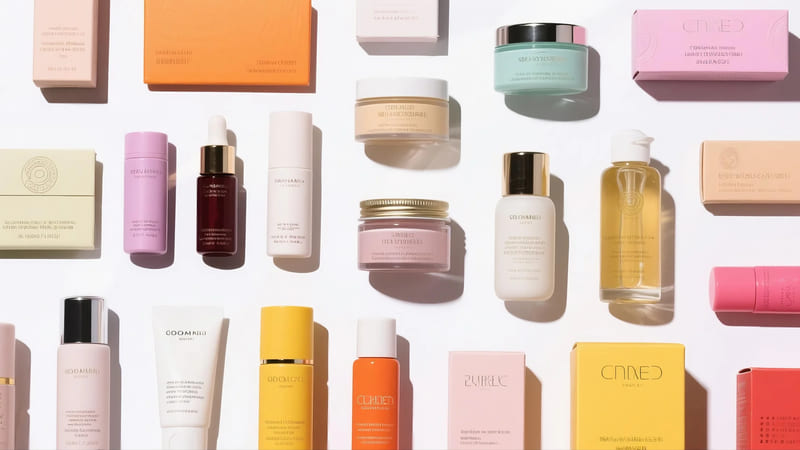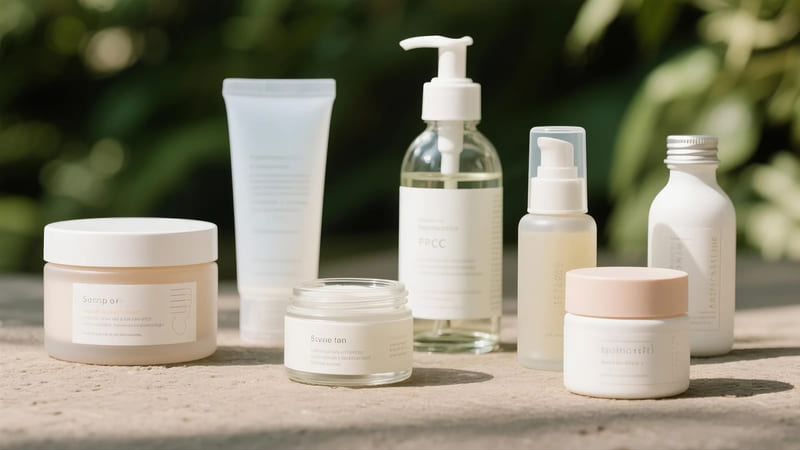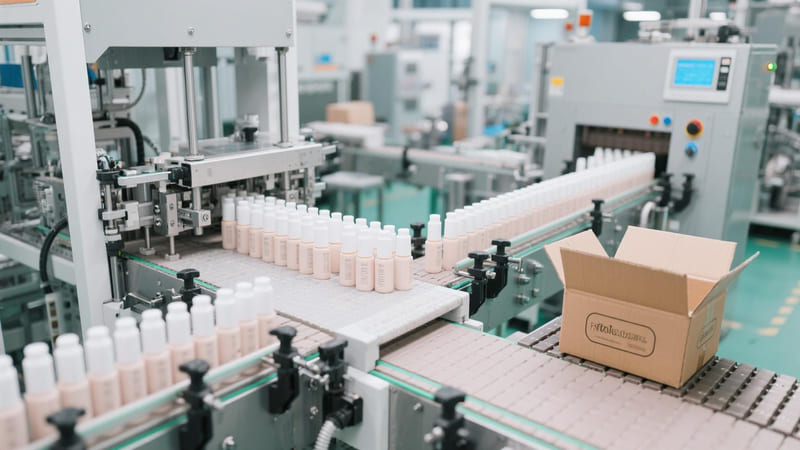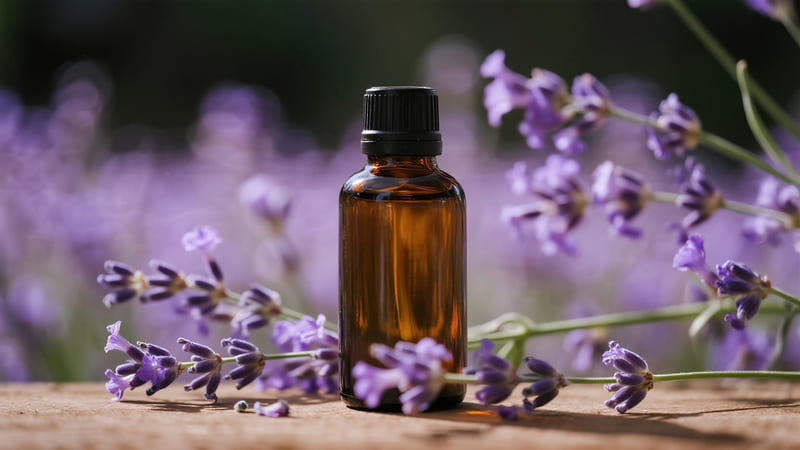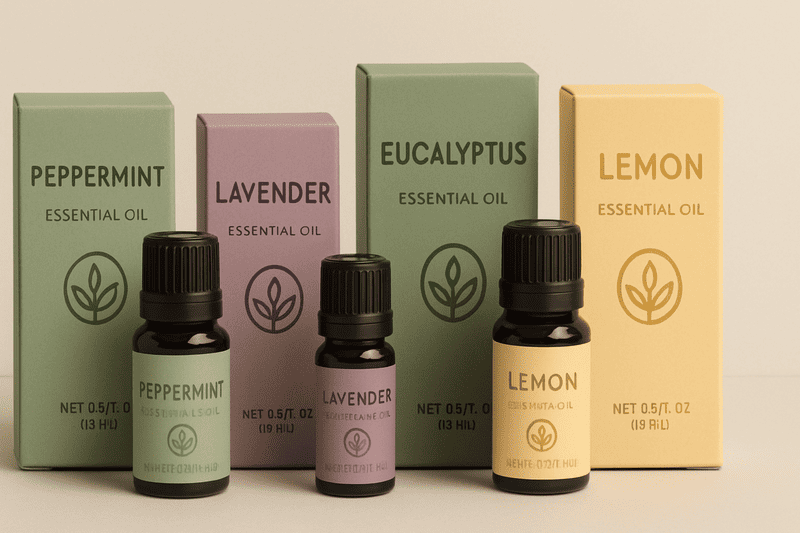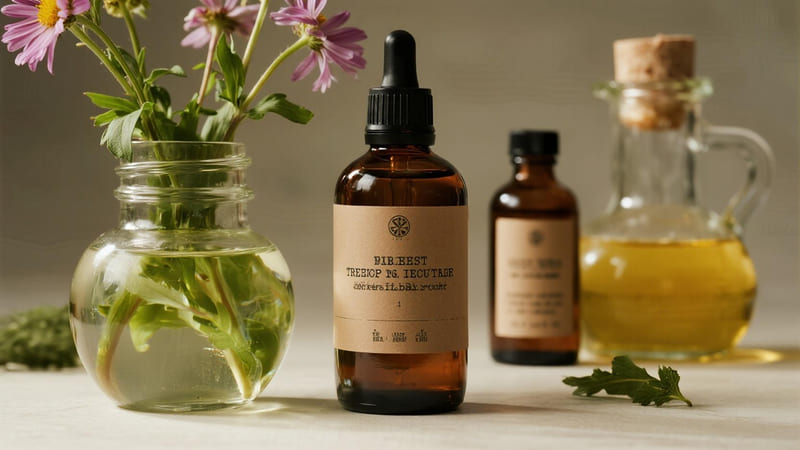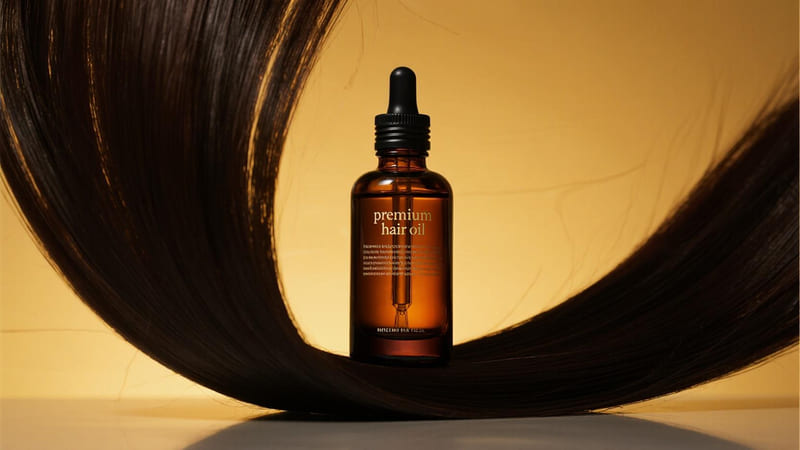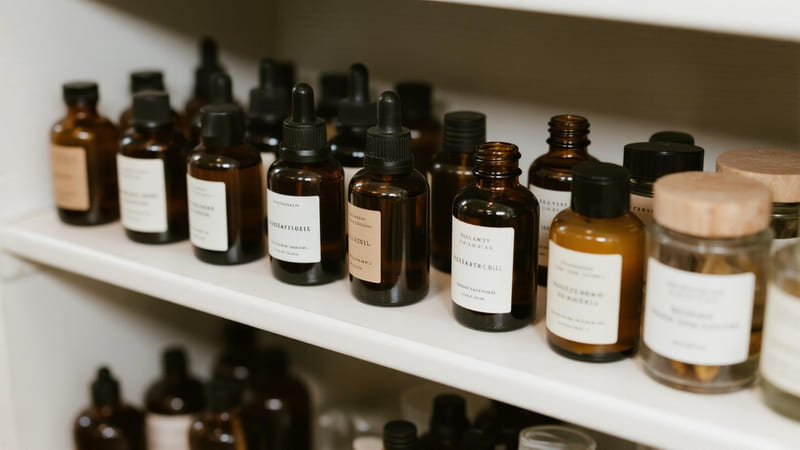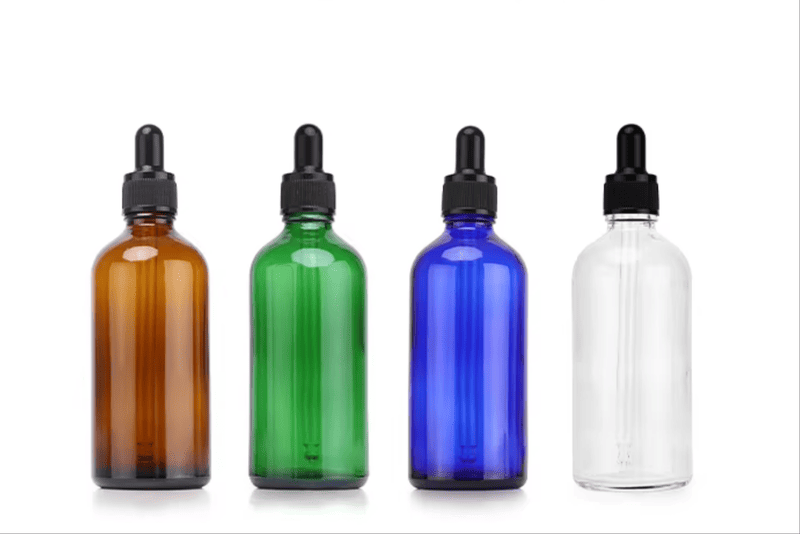Choosing the right cosmetic packaging is a pivotal decision for any beauty brand. It’s not just about containing your product; it’s about protecting it, conveying your brand’s essence, attracting customers, and ensuring a delightful user experience. This choice can significantly impact your product’s success.
To choose cosmetic packaging, consider product compatibility (formulation vs. material), brand identity and target audience, functionality and user experience, budget, regulatory requirements (labeling, safety), and sustainability goals. A thorough evaluation of these interconnected factors is crucial for making the optimal selection.
The journey of selecting cosmetic packaging is multifaceted, blending science, art, and business strategy. With over 20 years of experience at ShineTop, a global leader in custom packaging solutions, I’ve guided countless brands through this critical process. Let’s break down how to navigate these choices effectively.
What are the Different Types of Cosmetic Packaging?
The world of cosmetic packaging is vast, with a diverse array of container types, materials, and dispensing mechanisms designed to suit the myriad forms of beauty products. Understanding these options is the first step.
Different types of cosmetic packaging include primary containers like bottles (glass, plastic), jars (glass, plastic), tubes (plastic, aluminum, laminate), airless pumps, compacts, lipstick/lip gloss applicators, mascara wands, droppers, and sprayers. Secondary packaging typically involves folding cartons (boxes) or rigid boxes, along with labels and inserts.
Each packaging type serves specific functions and is suited to different product formulations and brand aesthetics.
Common Categories of Cosmetic Packaging Types:
- Bottles:
- Materials: Glass (clear, frosted, colored), Plastics (PET, HDPE, PP, PCR options).
- Uses: Liquids like serums, toners, cleansers, foundations, lotions, fragrances, shampoos.
- Closures: Pumps, sprayers (fine mist, trigger), droppers, screw caps, disc-top caps, flip-top caps.
- Jars:
- Materials: Glass, Plastics (PP, PET, SAN, Acrylic/PMMA, PCR options).
- Uses: Creams, balms, masks, scrubs, loose powders, gels.
- Closures: Screw-on lids (single or double-walled), often with an inner sealing disc or liner.
- Tubes:
- Materials: Plastics (PE, PP), Laminate (ABL – Aluminum Barrier Laminate, PBL – Plastic Barrier Laminate), Aluminum, Sugarcane PE (Bio-PE), PCR options.
- Uses: Creams, lotions, gels, cleansers, toothpaste, hair colorants, lip gloss, sunscreens.
- Closures: Flip-top caps, screw caps, nozzle tips, specialized applicators (e.g., slant tip, rollerball).
- Airless Packaging (Bottles & Jars):
- Mechanism: Piston or collapsing bag system that dispenses product without air intake.
- Uses: Ideal for sensitive formulations (antioxidants, retinoids, natural preservatives), serums, foundations, high-end creams.
- Benefits: Protects from oxidation and contamination, extends shelf life, hygienic, allows for near-total product evacuation, precise dosing.
- Compacts:
- Materials: Plastics (ABS, PS, PP), sometimes metal.
- Uses: Pressed powders (face powder, blush, bronzer), eyeshadows, cream-to-powder foundations.
- Features: Often include a mirror and an applicator well/pan (godet).
- Lipstick & Lip Gloss Components:
- Lipstick Cases: Mechanism with a base, elevator, and cap. Materials include plastic, aluminum, sometimes weighted.
- Lip Gloss Vials/Tubes: Typically plastic or glass, with a wand and doe-foot, brush, or custom applicator.
- Mascara Components:
- Bottle/Vial and a specialized brush/wand designed for lash application.
- Droppers (Pipettes):
- Glass or plastic pipette with a rubber or silicone bulb, used with bottles.
- Uses: Serums, facial oils, concentrated treatments, some foundations.
- Sprayers & Pumps:
- Various types: fine mist sprayers, lotion pumps, treatment pumps, foam pumps. Attached to bottles or airless systems.
- Secondary Packaging (Outer Boxes):
- Folding Cartons: Made from paperboard (SBS, CUK, recycled). Most common box type.
- Rigid (Set-Up) Boxes: Premium, non-collapsible boxes for luxury items and gift sets.
Understanding this range allows you to start narrowing down options based on your product’s physical form and intended use.
What is the Most Sustainable Packaging for Cosmetics?
Sustainability is no longer a niche request but a core expectation for many consumers and brands. Choosing eco-friendlier packaging is a significant aspect of responsible product development.
The "most" sustainable packaging for cosmetics typically prioritizes refillable/reusable systems, followed by mono-material packaging made from high-recycled content (e.g., PCR plastic, recycled glass/aluminum) that is also easily and widely recyclable. Minimizing overall material usage (lightweighting) and considering certified compostable options for specific, appropriate applications are also key strategies.
True sustainability in packaging is about a holistic approach, considering the entire lifecycle.
Key Strategies for Sustainable Cosmetic Packaging:
-
Refillable & Reusable Systems:
- Concept: Consumers purchase a durable, aesthetically pleasing outer container once and then buy refills, which often come in simpler, lower-impact packaging (e.g., pouches, pods, simple vials).
- Impact: Significantly reduces overall packaging waste and resource consumption. This is often considered the gold standard.
- ShineTop Focus: We are actively developing more refillable system options for our clients.
-
High Recycled Content (PCR – Post-Consumer Recycled):
- Concept: Using materials (plastics like PET, PE, PP; glass; aluminum; paper) that have been reprocessed from consumer waste.
- Impact: Reduces reliance on virgin resources, diverts waste from landfills, and supports a circular economy.
- ShineTop Offering: We provide various PCR plastic options.
-
Mono-Material Design:
- Concept: Designing packaging components (e.g., bottle and cap, or an entire airless pump) from a single type of material.
- Impact: Greatly simplifies sorting and increases the likelihood of successful recycling.
-
Easily Recyclable Materials:
- Choosing materials widely accepted in municipal recycling streams (e.g., clear PET #1, HDPE #2, glass, aluminum). Avoiding problematic materials like PVC, mixed-material components that are hard to separate, or very dark/black plastics.
-
Lightweighting & Material Reduction:
- Designing packaging to use less material without compromising protection. This reduces resource use and transportation emissions.
-
Responsibly Sourced Renewable Materials:
- Paper/Paperboard: FSC (Forest Stewardship Council) certification ensures responsible forest management.
- Bio-Plastics: Derived from renewable resources like sugarcane (e.g., Bio-PE) or cornstarch (PLA). End-of-life (recyclability, compostability) needs careful consideration.
-
Certified Compostable Packaging (for specific, suitable applications):
- Materials designed to break down in industrial or home composting environments. Requires appropriate consumer access to composting facilities.
Anna, a cosmetics client of ours in Thailand, is deeply committed to sustainability. We’ve worked with her to transition much of her line to PCR PET bottles and jars, and FSC-certified paperboard for her boxes.
How are Cosmetics Packaged?
The actual process of packaging cosmetics involves several stages, from selecting the components to filling, sealing, labeling, and boxing, often requiring specialized machinery and quality control.
Cosmetics are packaged by first selecting appropriate primary containers (bottles, jars, tubes, etc.) and closures. The cosmetic formulation is then filled into these containers using specialized filling equipment. Containers are sealed, labeled, and often placed into secondary packaging like printed boxes, sometimes with inserts. Quality control checks are performed throughout the process.
The packaging process is a carefully orchestrated operation to ensure product integrity, safety, and presentation.
Typical Stages in Packaging Cosmetics:
-
Component Sourcing & Selection:
- Brands or contract manufacturers select primary containers, closures, labels, and secondary packaging (boxes, inserts) from suppliers like ShineTop. This involves considering material compatibility, design, functionality, and cost.
-
Cleaning & Sterilization (if required):
- Primary containers may need to be cleaned or sterilized before filling, especially for certain product types or if required by GMP (Good Manufacturing Practices).
-
Product Filling:
- The cosmetic formulation (cream, liquid, powder) is filled into the primary containers using automated or semi-automated filling machines calibrated for accurate dosing. The type of filling machine depends on the product’s viscosity.
-
Closure Application:
- Caps, pumps, sprayers, or lids are applied and tightened/sealed onto the primary containers. Torque control is important for a secure seal without damaging the closure.
-
Labeling:
- Labels are applied to primary containers and/or secondary packaging using labeling machines or by hand for small batches. Accuracy of placement and adhesion are key.
-
Coding (Batch & Date):
- Batch numbers and expiration dates are often printed or embossed onto the packaging (primary or secondary) for traceability and compliance.
-
Insertion into Secondary Packaging:
- Primary containers are placed into their cosmetic boxes, often with protective or presentational inserts. This can be automated or manual.
-
Quality Control Checks:
- Performed at multiple stages: checking fill weights, seal integrity, label placement, print quality, and overall appearance.
-
Tertiary Packaging:
- Finished products (in their boxes) are packed into master cartons for shipping and distribution.
This process requires adherence to Good Manufacturing Practices (GMP) to ensure product safety and quality. Many brands outsource these steps to contract manufacturers/fillers who have the specialized equipment and expertise.
What are the Packaging Options for Skincare?
Skincare products, with their diverse formulations and targeted benefits, utilize a wide array of packaging options designed to protect active ingredients, ensure hygienic dispensing, and appeal to specific consumer segments.
Packaging options for skincare are extensive, including airless pump bottles and jars (for sensitive formulas), glass or plastic bottles (with pumps, droppers, or sprayers for liquids/lotions), jars (for creams/masks), tubes (for gels/creams), and single-use ampoules or sachets. Secondary packaging usually involves protective and informative boxes.
The choice of skincare packaging is heavily influenced by the product’s viscosity, ingredient sensitivity, desired application method, and brand positioning.
Popular Skincare Packaging Choices:
-
For Serums & Potent Treatments:
- Airless Pump Bottles/Jars: Protect from oxidation, precise dosing, hygienic. (ShineTop offers many airless options).
- Glass Dropper Bottles: (Often amber or cobalt blue) for controlled application of concentrated oils or serums, protects light-sensitive ingredients.
- Ampoules (Glass or Plastic): Single-dose, high-potency treatments, maximum protection.
-
For Creams & Moisturizers:
- Jars (Glass or Plastic – PP, PET, Acrylic): For thicker creams and masks. Wide mouth for easy access. Double-walled jars for a more luxurious feel.
- Airless Jars: Offer the benefits of airless technology for cream formats.
- Tubes (Plastic or Laminate): Good for lighter creams, eye creams, hand creams; hygienic dispensing.
-
For Cleansers & Toners:
- Plastic Bottles (PET, HDPE) with Pumps or Disc-Top/Flip-Top Caps: For liquid or gel cleansers, toners.
- Foaming Pump Bottles: For foaming cleansers.
- Spray Bottles (Fine Mist): For toners, facial mists.
- Tubes: For gel or cream cleansers.
-
For Sunscreens:
- Tubes, pump bottles, spray bottles. Packaging must protect SPF efficacy.
-
For Eye Creams:
- Small jars, tubes with specialized applicator tips (e.g., ceramic, metal rollerball), or small airless pumps.
-
For Face Masks:
- Jars, tubes, or single-use pouches/sachets (for sheet masks or mud masks).
-
Secondary Packaging (Boxes):
- Almost all retail skincare products come in a cosmetic box (folding carton or rigid box) for protection, branding, and to carry extensive ingredient and usage information.
- Inserts within the box can provide additional stability or a more premium presentation.
When choosing for skincare, factors like the product’s pH, oil content, and presence of active ingredients like Vitamin C, Retinol, or AHAs/BHAs will heavily influence material compatibility decisions for the primary packaging. This is an area where ShineTop’s expertise in material science becomes invaluable for our clients.
Conclusion
Choosing the right cosmetic packaging is a strategic process that balances product protection, brand identity, user experience, cost, and sustainability. By understanding the different types of packaging available, the unique needs of skincare formulations, and the growing importance of eco-conscious options, brands can select solutions that not only encase their products effectively but also captivate consumers and contribute to a successful and responsible beauty business.


